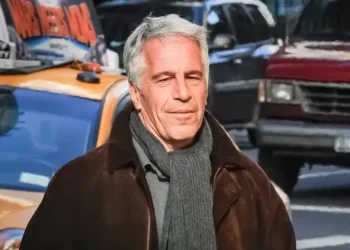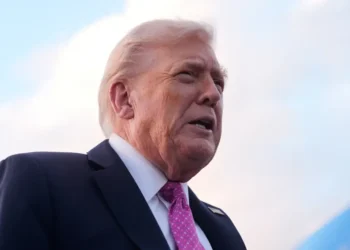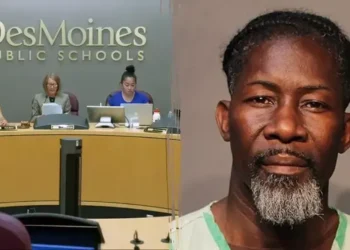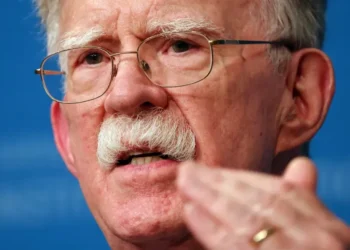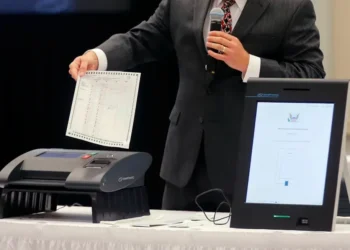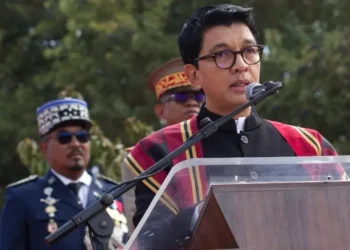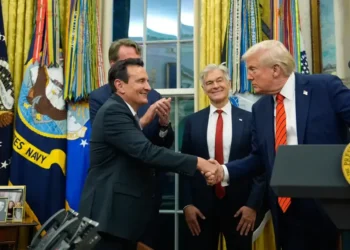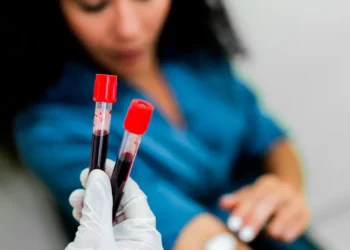Published: October 17, 2025, 22:30 EDT
As the U.S. government shutdown stretches into its third week, a new AP-NORC poll finds that most Americans view the standoff as a major national issue. The survey reveals that both President Donald Trump and members of Congress—Republican and Democrat alike—are being widely blamed for the ongoing impasse that has left federal workers unpaid and critical services disrupted.
Public Frustration Grows Amid Prolonged Stalemate
According to the Associated Press–NORC Center for Public Affairs Research, six in ten Americans say President Donald Trump and congressional Republicans bear “a great deal” or “quite a bit” of responsibility for the shutdown. Meanwhile, 54% assign similar blame to Democrats in Congress.
The findings underscore a broad sense that no political group has effectively avoided responsibility for the crisis. At least three-quarters of respondents believe all parties deserve at least “a moderate” share of blame.
The survey was conducted as the shutdown entered its third week, with little progress toward a resolution. Lawmakers from both sides have accused each other of intransigence, while millions of Americans face growing uncertainty about the economic fallout.
Competing Agendas Over Health Care Funding
At the heart of the dispute is a deadlock over extending federal tax credits that help millions of Americans afford health insurance through the Affordable Care Act (ACA). Democrats insist on preserving the credits, arguing that without them, insurance premiums will rise sharply. Republicans, however, have refused to negotiate until Congress passes a funding bill to reopen the government.
The AP-NORC poll shows that around four in ten Americans support extending the ACA tax credits, while only about one in ten oppose them outright. The remaining 42% expressed no opinion—an indication that many Americans may not be closely following the specific policy debate driving the shutdown.
Jason Beck, a Republican and self-employed insurance agent from Utah who relies on the ACA marketplace, said he supports keeping the credits in place. “I’d rather just keep it the same way it is now,” Beck said, noting that he blames both parties equally for the impasse.
Blame and Responsibility Shared Across Party Lines
Public opinion suggests slightly more frustration with the party in power. About half of respondents said Trump bears “a great deal” of responsibility—the highest proportion among all figures measured in the poll. Roughly the same share fault congressional Republicans, while 40% point to Democrats as equally culpable.
Sophia Cole, a 38-year-old Republican mother from St. Louis, said she believes both sides should “come together” to reach a compromise but ultimately views the president as responsible for breaking the deadlock. “We’re dependent on him to get everyone to the table,” Cole said.
The prolonged stalemate mirrors the 2018–2019 shutdown, which lasted a record 35 days. Then, as now, public sentiment leaned toward blaming the administration in power, though overall confidence in Congress remained low.
Americans See Shutdown as Major National Problem
The latest poll indicates that 54% of U.S. adults view the shutdown as a “major issue,” while just 11% say it is “not a problem at all.” Among Democrats, 69% call it a major issue, compared with 59% of independents and 37% of Republicans.
The impacts are increasingly visible. Hundreds of thousands of federal employees are either furloughed or working without pay. Flight delays and service disruptions are being reported nationwide.
House Speaker Mike Johnson, R-La., warned that the U.S. is “barreling toward one of the longest shutdowns in American history.” The White House echoed that concern, saying the economic toll could exceed that of previous shutdowns.
Legal Challenges and Economic Strain
Federal workers are already feeling the pinch. Although roughly 2 million U.S. service members were paid on time this week, other employees face uncertainty as the administration carries out temporary layoffs.
A federal judge in California temporarily halted additional layoffs on Wednesday, ruling that the firings appeared politically motivated and were implemented without sufficient planning.
Angie Santiago, a 60-year-old Democrat from Miami who relies on disability benefits, said she worries the crisis will deepen existing economic hardship. “If people like me are struggling, I can’t imagine what federal workers are going through,” she said. Speaking from a local food bank, she added, “You’re going to see more of these lines popping up. It’s going to get bad.”
Political Fallout Ahead of 2026 Midterms
The government shutdown has evolved into a political messaging battle, with both parties hoping the public will assign greater blame to the other side. Democrats, currently out of power, view the standoff as a potential rallying point ahead of the 2026 midterm elections.
However, the poll suggests neither party is seeing a significant boost in public favorability. Roughly 30% of Americans hold a favorable view of the Democratic Party, while about 40% view the Republican Party positively—figures that have remained largely unchanged since September.
Confidence in Congress remains strikingly low: only 4% of Americans say they have “a great deal” of confidence in its leadership, while nearly half report “hardly any.”
Health Care: A Possible Advantage for Democrats
Despite overall frustration, health care policy may offer Democrats a modest advantage in the long term. According to the poll, 38% of Americans trust Democrats to manage health care more effectively, compared with 25% who trust Republicans. Another 25% said they trust neither party, while 10% expressed equal trust in both.
Independent voter Rob Redding, 49, from New York, said he supports extending ACA subsidies and commended Democrats for holding firm on the issue. “It’s one of the most valiant and gutsy things I’ve seen them do,” he said. “And I think it’s the right call.”
A Nation Divided but United in Discontent
The AP-NORC findings reflect a rare moment of bipartisan agreement—at least in dissatisfaction. With both major parties sharing in the blame, public patience appears to be thinning as the shutdown stretches on.
While neither side shows signs of yielding, the political cost of inaction is mounting. For millions of Americans facing missed paychecks and stalled services, the question is no longer who is to blame, but how soon the government can return to work.
Source: AP News – Who’s winning the blame game over the shutdown? Here’s what a new AP-NORC poll shows


